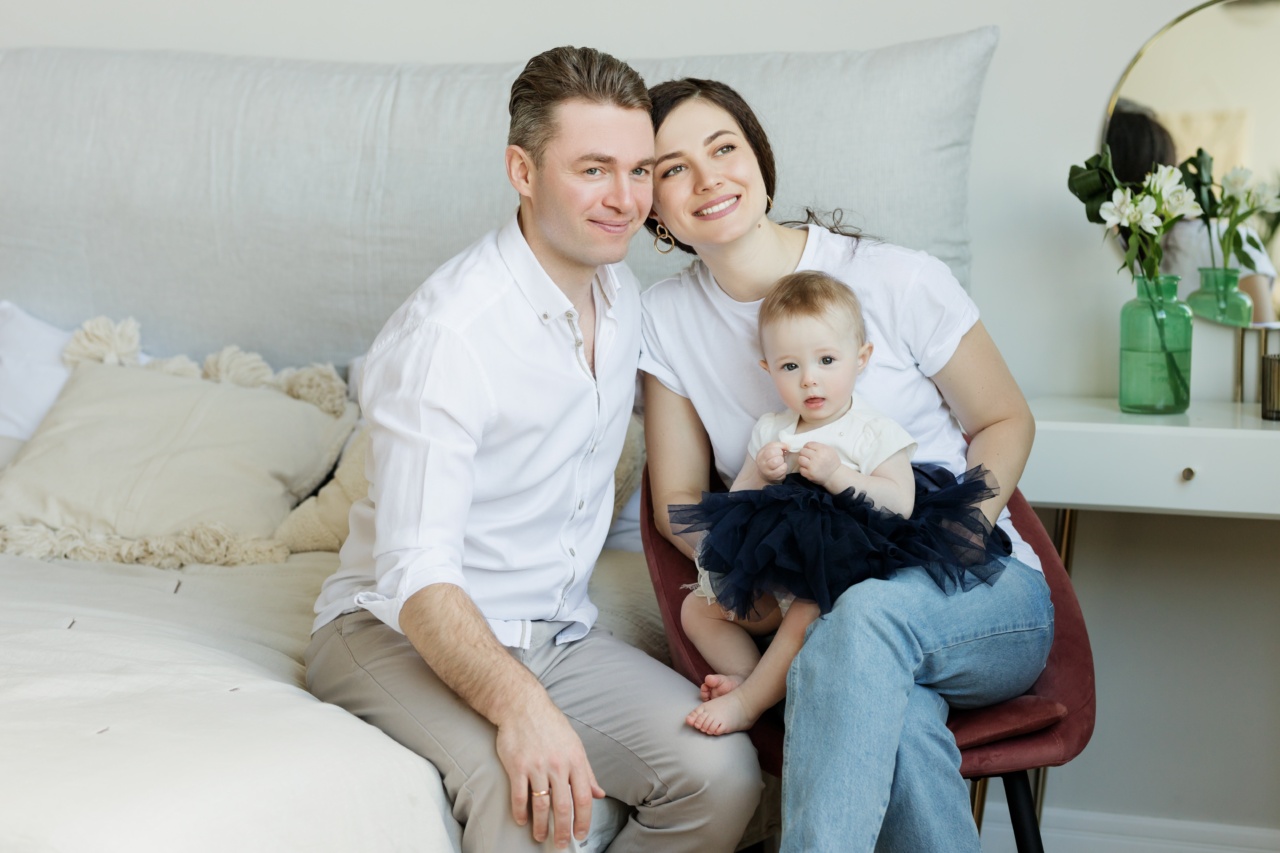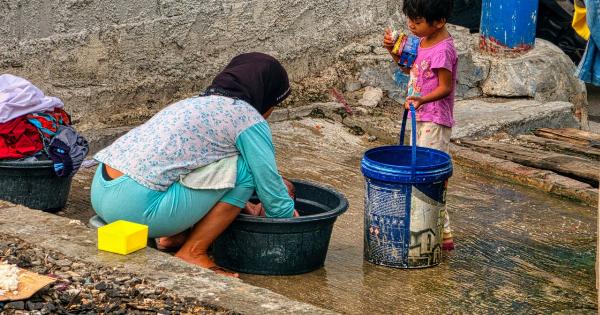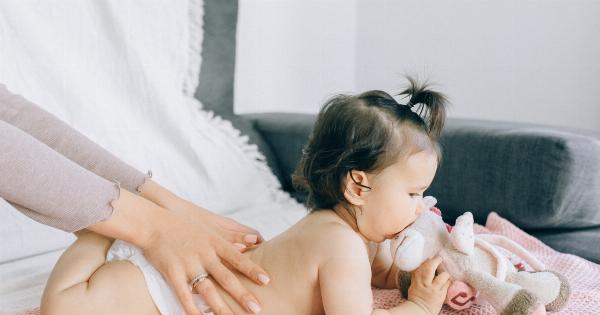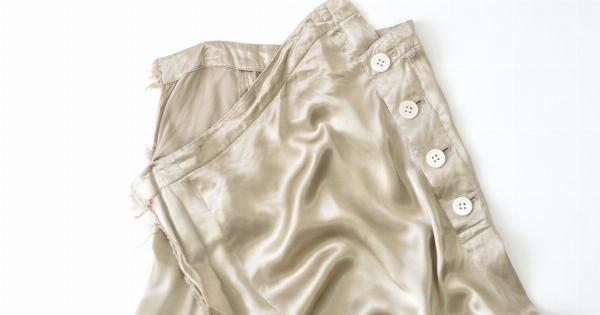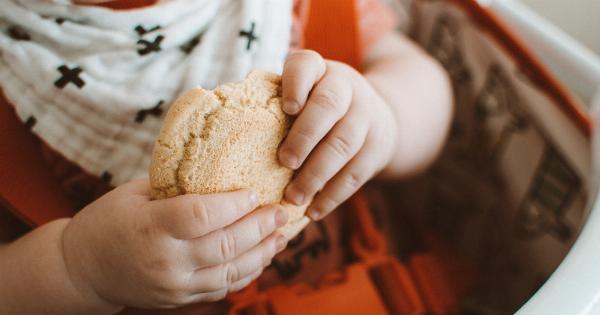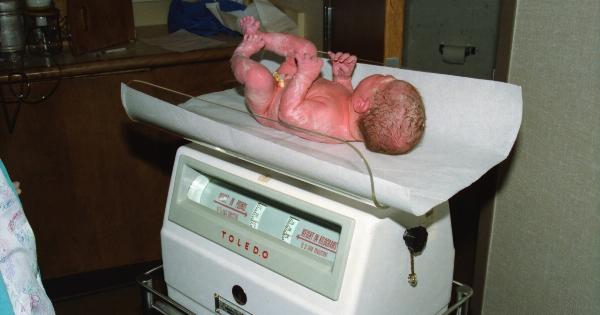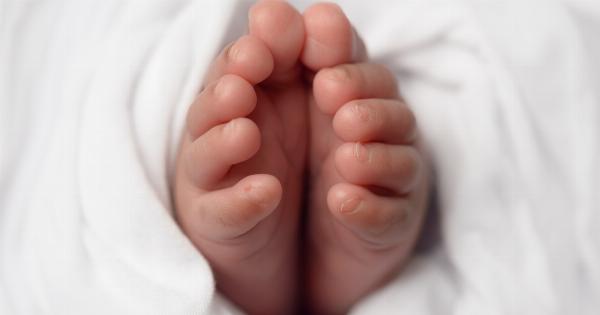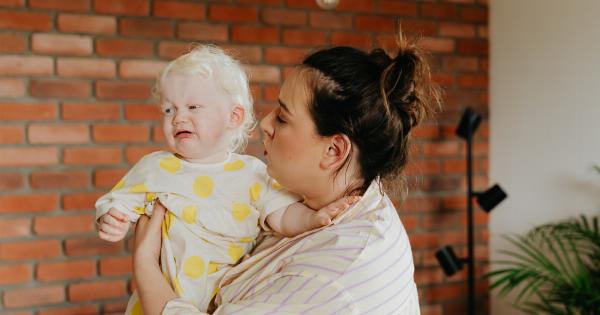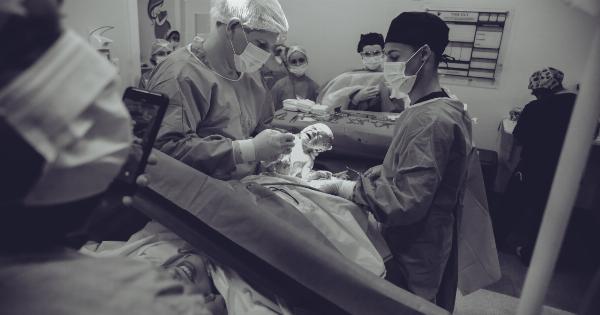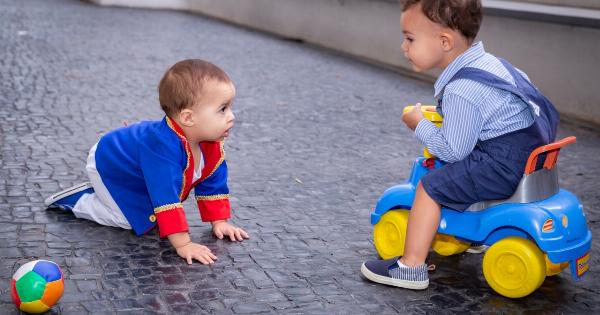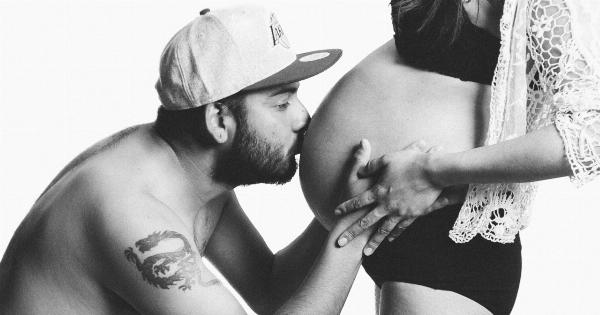As parents, we often find ourselves doing things we never thought we would in order to keep our babies safe and healthy. One such action that some parents may take is cleaning their baby’s pacifier with their own mouth.
While this might seem harmless and convenient at the time, it is important to examine the potential risks and drawbacks of this practice.
The convenience of pacifiers
Pacifiers are a common tool used by parents to soothe their fussy babies. They provide a sense of comfort and can help in calming a crying baby. The convenience they offer makes them a popular choice for many parents.
However, pacifiers need to be cleaned regularly to maintain good hygiene. This is where some parents choose to clean pacifiers with their mouth.
The potential risks of cleaning pacifiers with your mouth
While it may seem harmless to clean a pacifier with your mouth, there are risks involved in this practice. One of the main concerns is the transfer of bacteria from your mouth to the pacifier.
Our mouths are home to a variety of bacteria, some of which can be harmful. By cleaning a pacifier with your mouth, you risk introducing these bacteria to your baby’s delicate immune system.
In addition, cleaning a pacifier with your mouth also increases the risk of transmitting viruses and infections. If you have a cold or any other contagious illness, you may unknowingly pass it on to your baby through the pacifier.
Furthermore, cleaning a pacifier with your mouth does not provide an effective method of cleaning. You may be able to remove visible dirt or debris, but the microscopic bacteria and germs can still remain on the pacifier’s surface.
This can lead to potential health issues for your baby.
The alternatives for cleaning pacifiers
Instead of relying on cleaning pacifiers with your mouth, there are safer and more effective methods available. Here are some alternatives:.
1. Sterilize with boiling water:
Boil water and soak the pacifier in it for a few minutes. This kills most bacteria and germs, ensuring a clean pacifier for your baby.
2. Use pacifier wipes:
Pacifier wipes are specially designed to clean pacifiers on the go. They are convenient and eliminate the need to use your mouth for cleaning.
3. Keep multiple pacifiers:
By having multiple pacifiers on hand, you can rotate them and have time to properly clean and sanitize each pacifier between uses.
4. Use a dishwasher:
If the pacifiers are dishwasher-safe, you can place them on the top rack of your dishwasher and run a hot water cycle to clean them thoroughly.
Importance of maintaining good hygiene
Keeping your baby’s pacifier clean is crucial for their overall well-being. Good hygiene practices not only help prevent illnesses but also promote a healthy immune system.
By adopting proper cleaning methods, you reduce the risk of exposing your baby to harmful bacteria and viruses, ensuring a healthier start to their life.
Conclusion
While cleaning a pacifier with your mouth may seem like a convenient option, it is not without risks. The potential transfer of bacteria and viruses from your mouth to the pacifier can be detrimental to your baby’s health.
It is important to explore safer alternatives for cleaning pacifiers, such as boiling water, pacifier wipes, and dishwashing. By prioritizing good hygiene practices, you can ensure a healthier environment for your little one.
